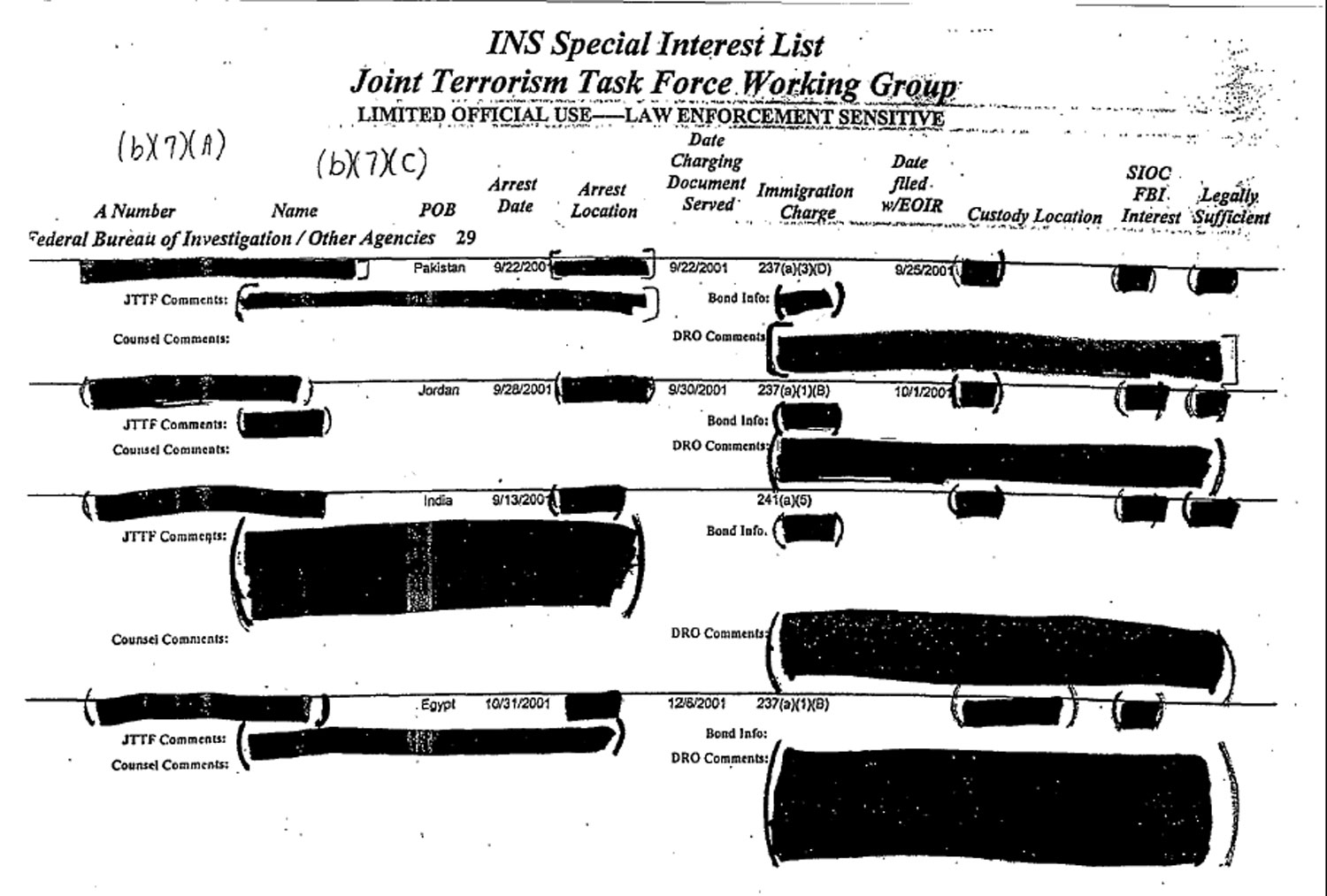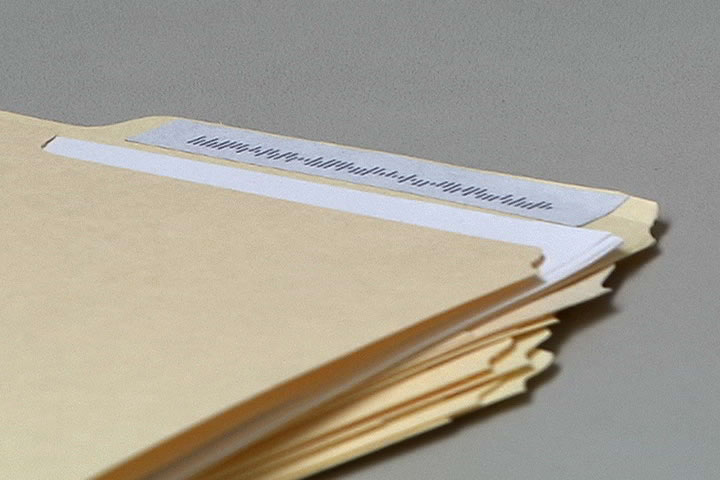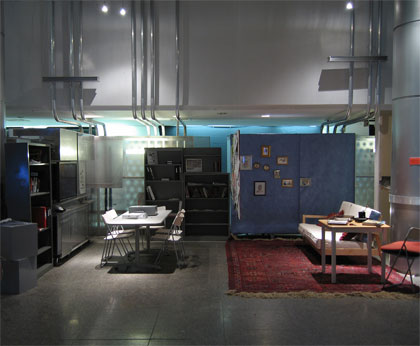Points of Proof (2005-9)
two single-channel videos (rts 35:00 and 26:05); series of captioned photographs; interactive website; postcards
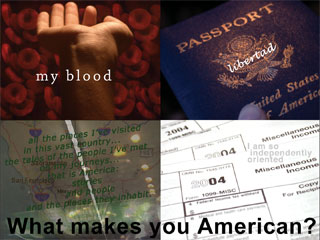
|
Points of Proof was originally commissioned by the new Arab American National Museum in Dearborn, Michigan -- one of the largest and most concentrated Arab American communities in the United States -- for their inaugural exhibition. I flew to Detroit to shoot Points of Proof in March 2005, as the REAL ID Act was being debated in Congress, the media, and the many other arenas of the immigrant rights struggle. The Act, which strips illegal and temporarily legal immigrants of the right to a U.S. driver’s license and sets new, near-impossible standards of proof and credibility for asylum claims, was passed just before the exhibition opened in May. Points of Proof thus reflects the situation in which increasingly large numbers of American immigrants find themselves by asking viewers and interviewees to reduce their American identities to a single point of proof – points being the system used by a number of state DMV bureaus to rate different documents for their effectiveness as proof of identity. | |
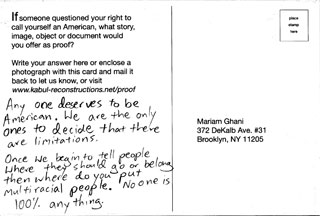
|
To make the first version of Points of Proof, I invited 30 new and longtime Americans in the Detroit area to answer the question: If someone questioned your right to call yourself an American, what is the one story, object, image or document you would offer as your proof? In the resulting video, their surprisingly complicated and difficult answers are interwoven into a series of conversations that throw into relief the subjective and volitional nature of identity, the difficulty of pinning the constantly shifting idea of America within strictly national borders, and the question of proof as defined more by belief than by the material evidence at hand. In the video, the question of proof quickly raises other questions -- Is geography destiny? Does culture extend beyond citizenship? Is proof finally a question of faith and belief or does it depend on the material evidence at hand? -- whose answers are equally contested and complex. | |
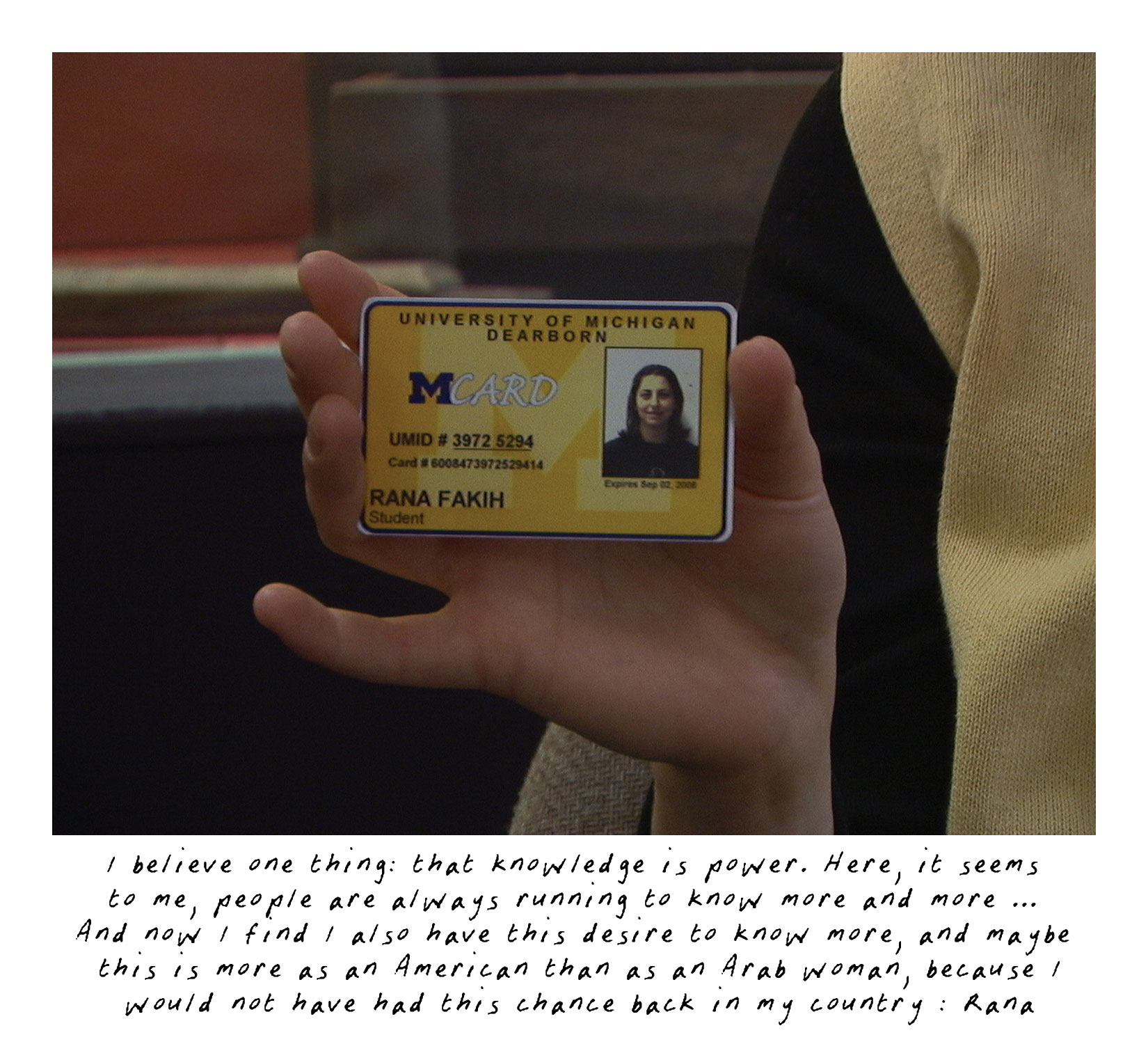
|
During the six-month run of the inaugural exhibition at the Arab American National Museum, In/Visible, Points of Proof was shown as a single-channel video on a monitor with a grid of postcards featuring the same question asked in the video hanging on the wall beside it. Visitors to the exhibition at the AANM, and subsequent shows in LA and New York, were provided with pencils and invited to add their answers to the collection of and debate on proof. Given free (anonymous and unmoderated) rein, these postcard respondents range from bitter to idealistic to hilarious. Thanks to a 2006 Longwood Digital Matrix commission, a web-based version of Points of Proof, which includes captioned Polaroids of people interviewed for the video as well as scans of all the (125+) postcards completed to date, launched in December 2006. The project can also be re-staged in other cities and communities. A new edition was produced in Buffalo in 2007-09, commissioned by the nonprofit CEPA Gallery with a Mid-Atlantic Arts Foundation Artists + Communities grant. The Buffalo edition was based on interviews with members of the local chapter of the SEIU 1199 health care workers' union, which has a long history in Buffalo, and with both teachers and students at the Grover Cleveland High School's ESL (English as a Second Language) division, which caters primarily to the children of Buffalo's large community of refugees and asylum seekers. Again, video and photographs produced during a period of artist-mediated engagement were supplemented with postcards through which viewers could directly engage with, interject into and annotate the materials I had produced. The photographs from the Buffalo edition can be seen here and here and a text about Points of Proof and warm data collection can be read here. |





